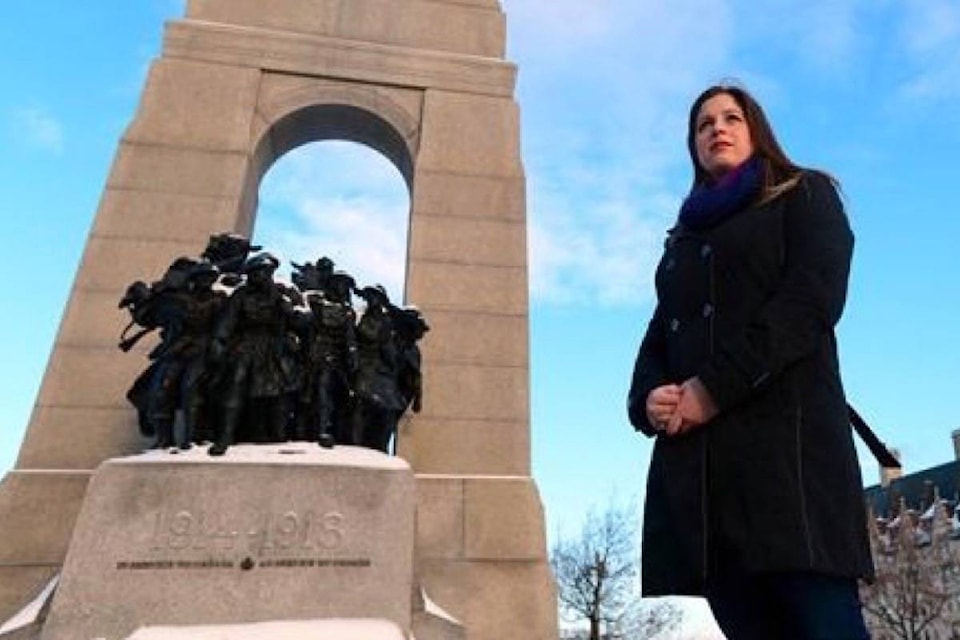The Department of National Defence is seeking forensic DNA experts and funeral organizers to help its efforts to recover, identify and arrange burials for Canada’s nearly 28,000 missing war dead.
The prospective group of anthropologists, archaeologists and genealogists would help the department’s Casualty Identification Program analyze DNA from the remains of formerly missing Canadian servicemen discovered around the world.
The program has been identifying and organizing burials for Canada’s formerly missing war dead since 2007.
The Armed Force’s current contract with Toronto-based mortuary service provider MacKinnon and Bowes Ltd. is set to expire soon and two previous attempts to find new bidders have come up short.
Sarah Lockyer, the head of the identification program and a forensic anthropologist herself, hopes a contractor will come forward soon, as the small group she co-ordinates can’t do DNA testing and analysis on their own.
Since Lockyer took the program’s lead in 2015, the remains of 22 Canadian Armed Forces service members have been discovered, including one found earlier this month near the French city of Lens, fewer than ten kilometres north of Vimy Ridge. However, only four of the remains have been identified.
“Typically what happens is [the remains] are discovered because of modern farming activity or construction,” said Lockyer. “The vast majority of our cases are either from Belgium or France.”
Lockyer travels to France twice a year to inspect the remains, then returns with a sample – usually a piece of bone – for forensic analysis.
The bone is then sent to a lab while a genealogist searches for viable DNA donors to match with the bone’s. With the help of a historian who narrows down how many service members went missing or died in the area the remains were found, Lockyer then creates a shortlist of possible candidates.
The families of men on that list are then asked to provide a DNA sample for matching. If the match is successful, the program arranges a for a proper military funeral and tombstone.
“It’s all about returning their identity and returning their name to them,” said Lockyer. “Until now, they’re nameless. They’re faceless.
“To be able to do that and to give them a proper headstone with their name on it rather than an unknown Canadian is quite a privilege and an honour to be a part of,” she said.
Last year, the program identified the body of 22-year-old Manitoban Pte. Reginald Johnston, who died in August 1917 during the First World War near Lens, the same city where more remains were found this month.
Johnston was identified after his DNA was matched with a great niece, Lorraine Leniuk. His funeral was held in August at the Loos British Cemetary in Loos-en-Gohelle, France - 100 years after his death.
Defence Minister Harjit Sajjan acknowledged the importance of the program in an emailed statement.
“Canada is eternally grateful to the brave women and men who have given their lives in service to our country,” Sajjan said in the statement. “We hope that this effort to identify, locate and recover our fallen soldiers will bring solace to the families.”
Bidding on the new contract closes March 12.
Levi Garber, The Canadian Press
